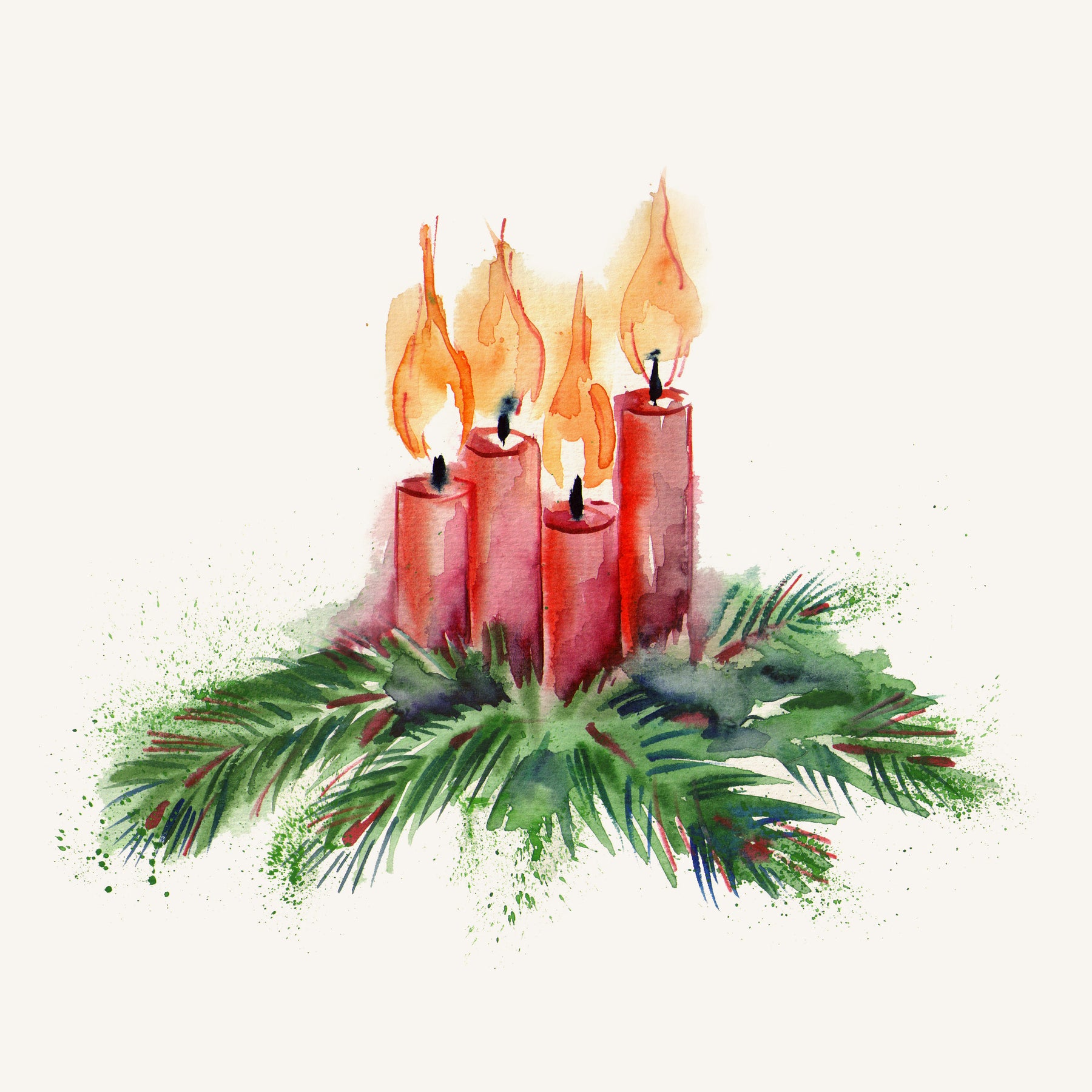
Advent Traditions

Advent is a term that originates from the latin word, advenire meaning “to come,” or adventus, meaning “arrival.” On the four Sundays leading up to Christmas, those observing Advent light one candle. But as the holiday approaches, the candles add up to create a brighter light. This is a representation of the anticipation of the Christmas holiday. And, December 1st marks the beginning of this celebration across the world.
Lighting Decoration

Most people aren’t aware that five percent of China’s population, roughly 69 million people, celebrate Christmas. However, it should be noted that many of these Chinese citizens are developing their own Advent traditions. These families light their homes with colorful paper lanterns and hang red paper pagodas in their windows to create a festive wonderland.
Christmas Parties

Mexico City also transforms its streets with magical decor in excitement for the holiday. Within the last nine days before Christmas, citizens host Las Posadas or “The Inns.” During this time, family and friends reenact a skit. After a chorus sings, pleading for shelter, guests are welcomed inside the homes for a celebration. They eat tamales and drink champurrado, a thick and warm cinnamon chocolate milk.
Christmas Concerts and Markets

The popular Christmas hymn, Silent Night, originated from Austria’s “Stille Nacht”. The country performs this musical ensemble throughout the season and holds “Christkindlmarkt” or Christmas markets. Austrian families also enjoy baking Linzer cookies in the comfort of their homes.
Similarly Germany hosts Christkindlesmarkt and families prepare baked goods. Germans bake bread known as stollen, packed with dried fruits and sprinkled with powdered sugar. They also set up an Adventskranz, or advent wreath. Four candles are encircled by evergreen which represents eternal and everlasting life.
Early Mass

Hungary also has the custom of hosting Christmas concerts. As a holiday treat, they have beigli, a rolled up crust conventionally filled with walnuts or poppy seeds. In addition, they hold what is known as Golden Mass every dawn until Christmas.
Poles have a similar ritual. They attend mass, have prayer, and fast. Their mass, known as Roraty, begins at dawn, just before sunrise. As hymns are sung, the church slowly transitions away from the darkness of dawn and into the sun’s awakening.
Croatia, on the other hand, celebrates earlier than most. In fact they start in November! They, too, arrange a festival. Their community booths sell handcrafted goods, roasted chestnuts and mulled wine. But, on Christmas Eve, they consume the traditional bakalar, or dried cod. In the most recent years the Croatian Capital has started a new practice of releasing thousands of paper lanterns in the night sky.
These customs are not unlike our own in the United States. American carolers combine the conventions of Mexico’s Posadas and Austria’s Stille Nacht. And our seasonal fruitcake is not far off from stollen. The same goes for the ubiquitous wreaths. It’s enchanting how the winter brings people from every corner of the world, together through collective festivities such as Christmas markets and grand light displays.

Leave a comment